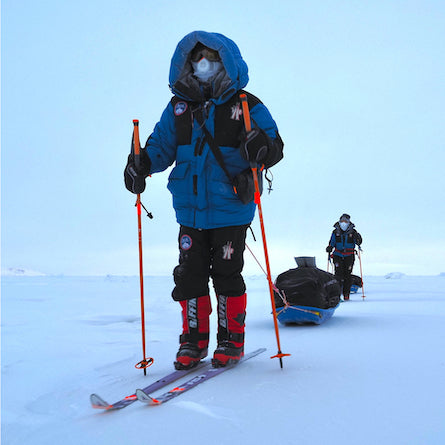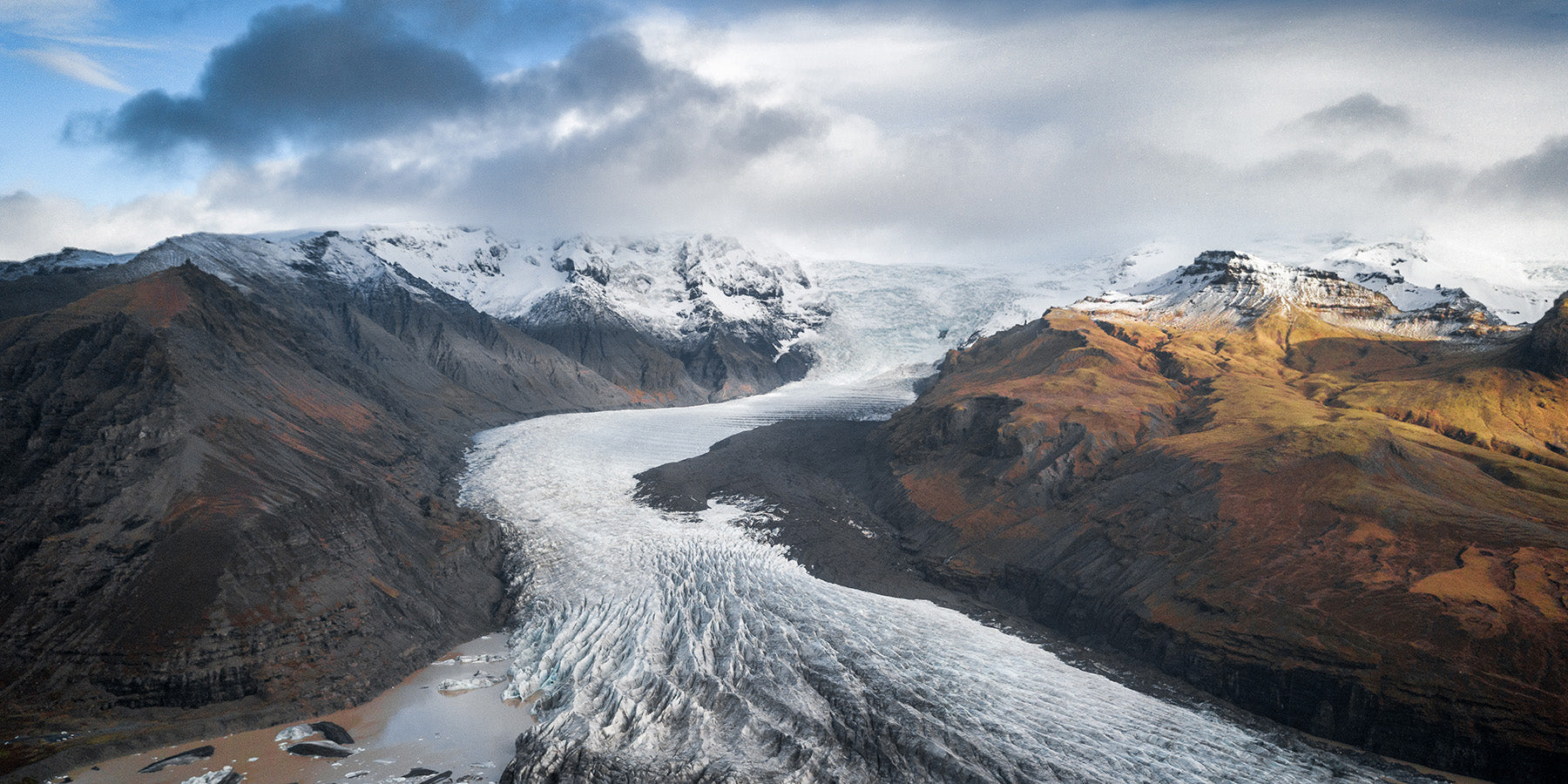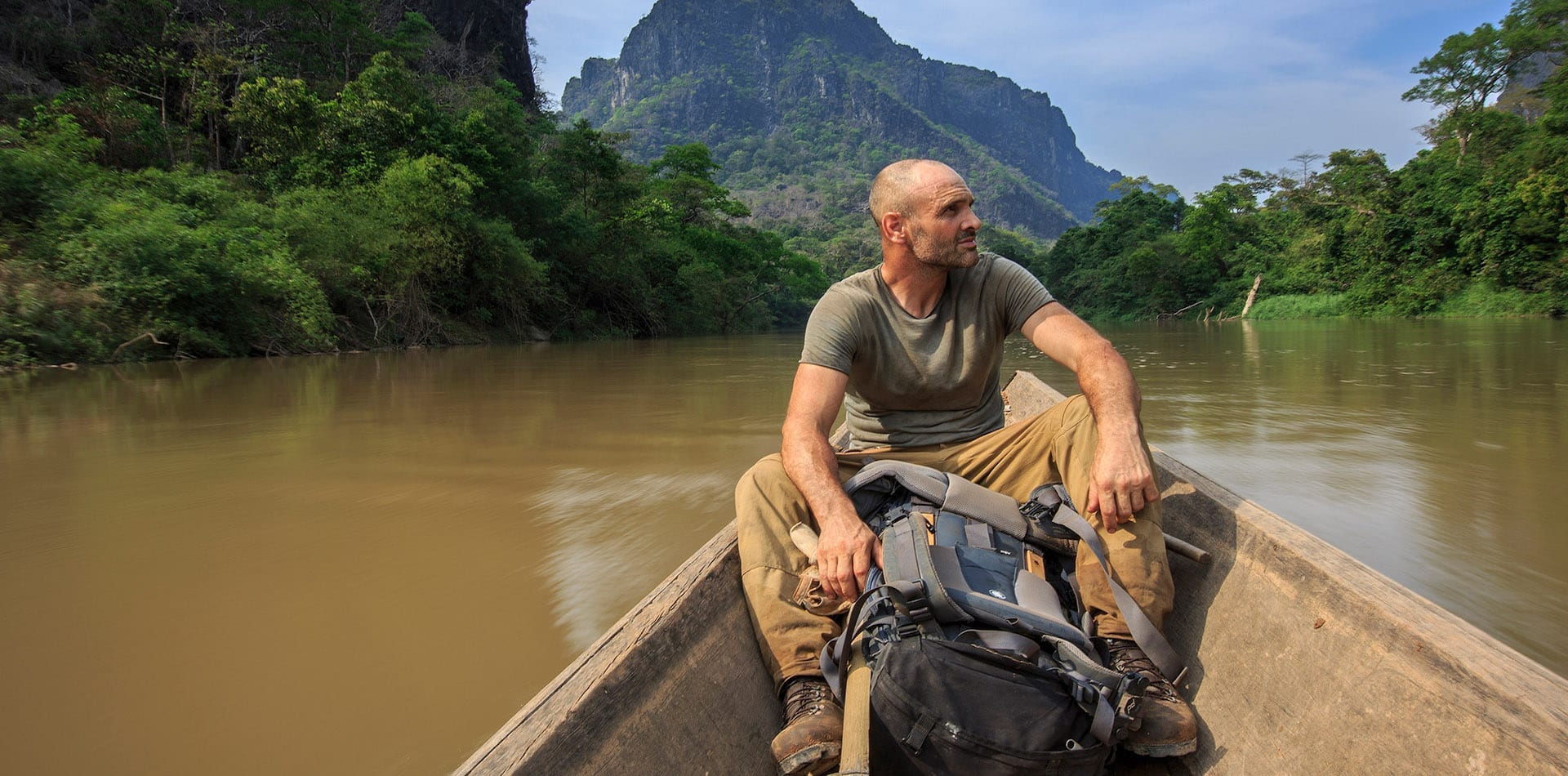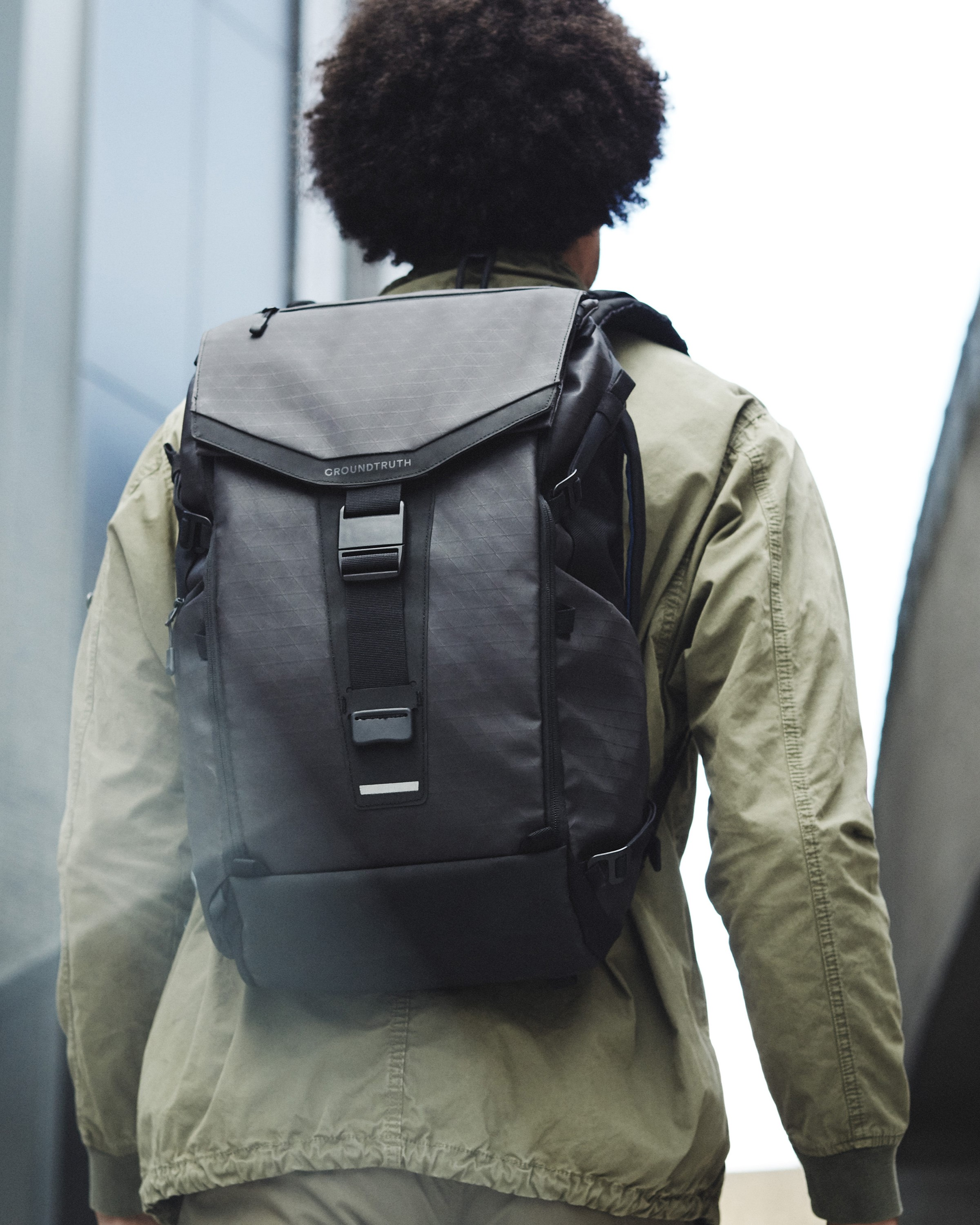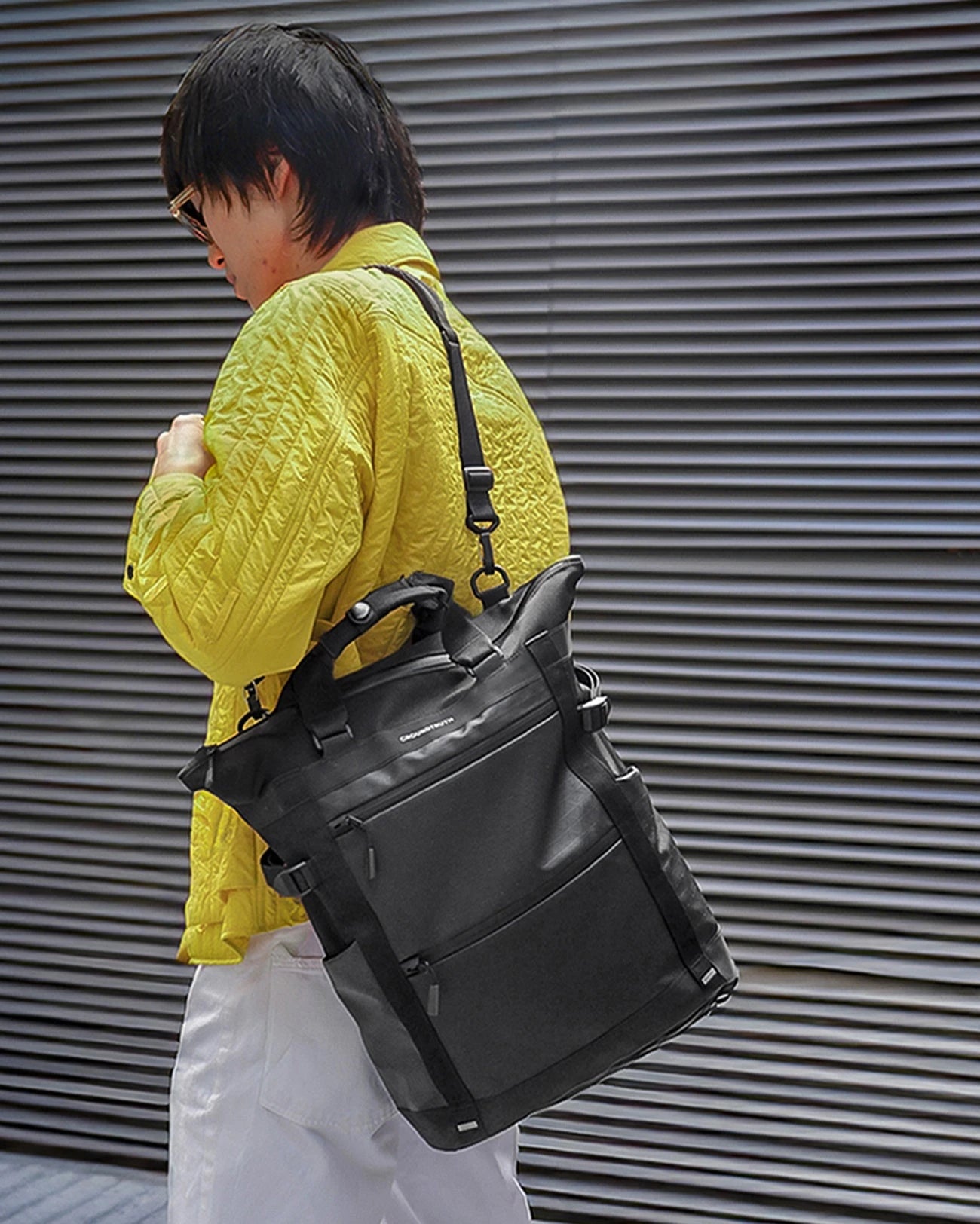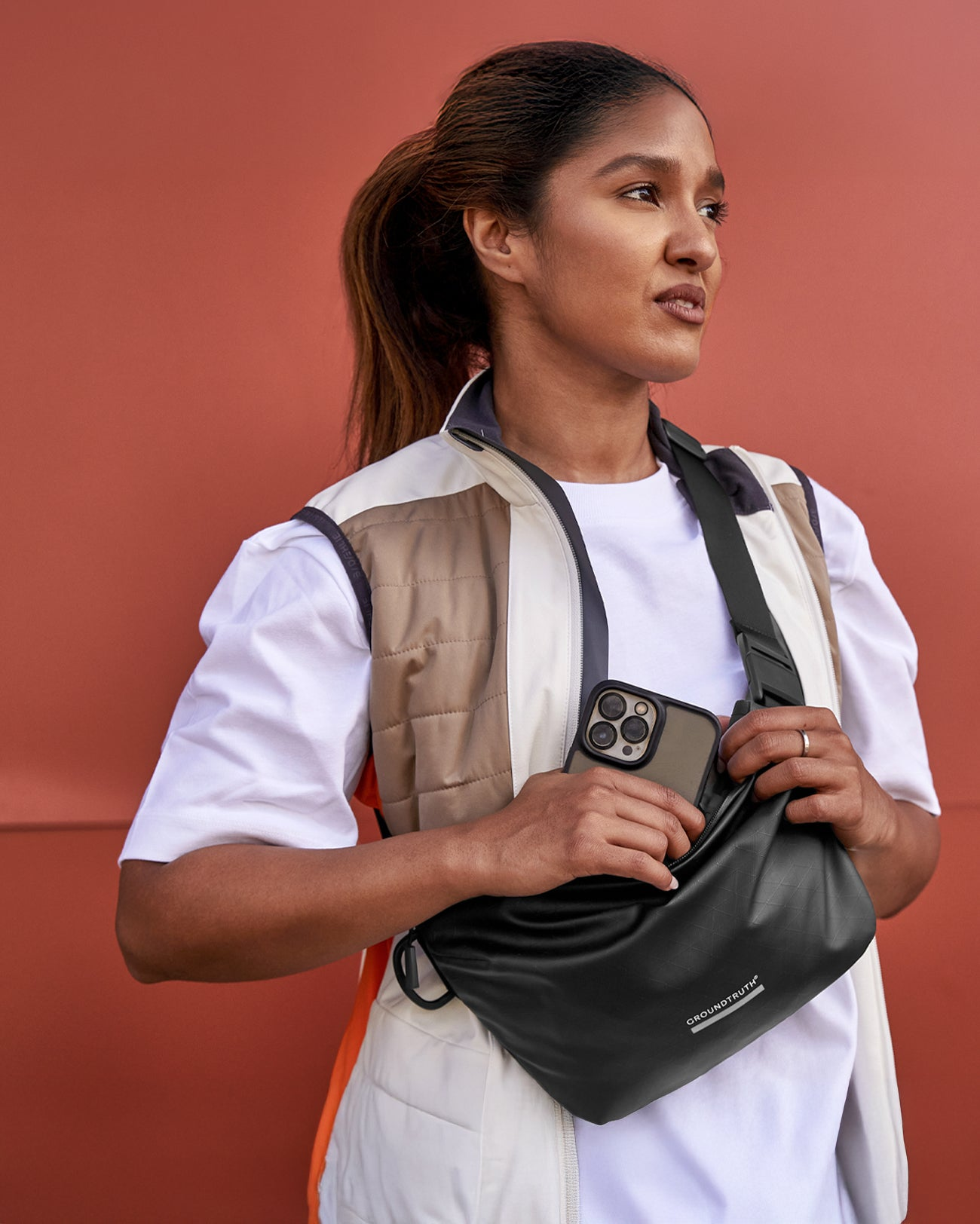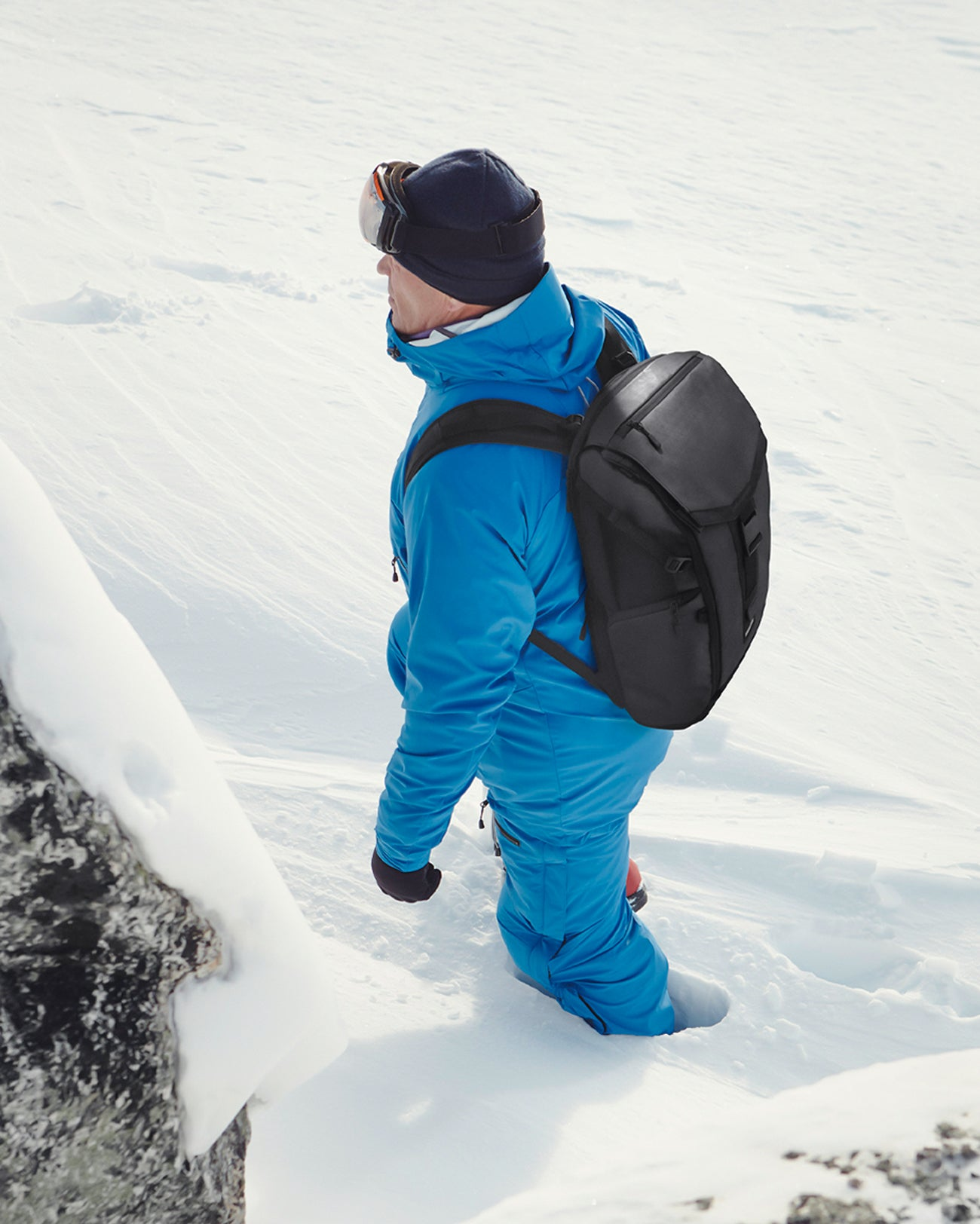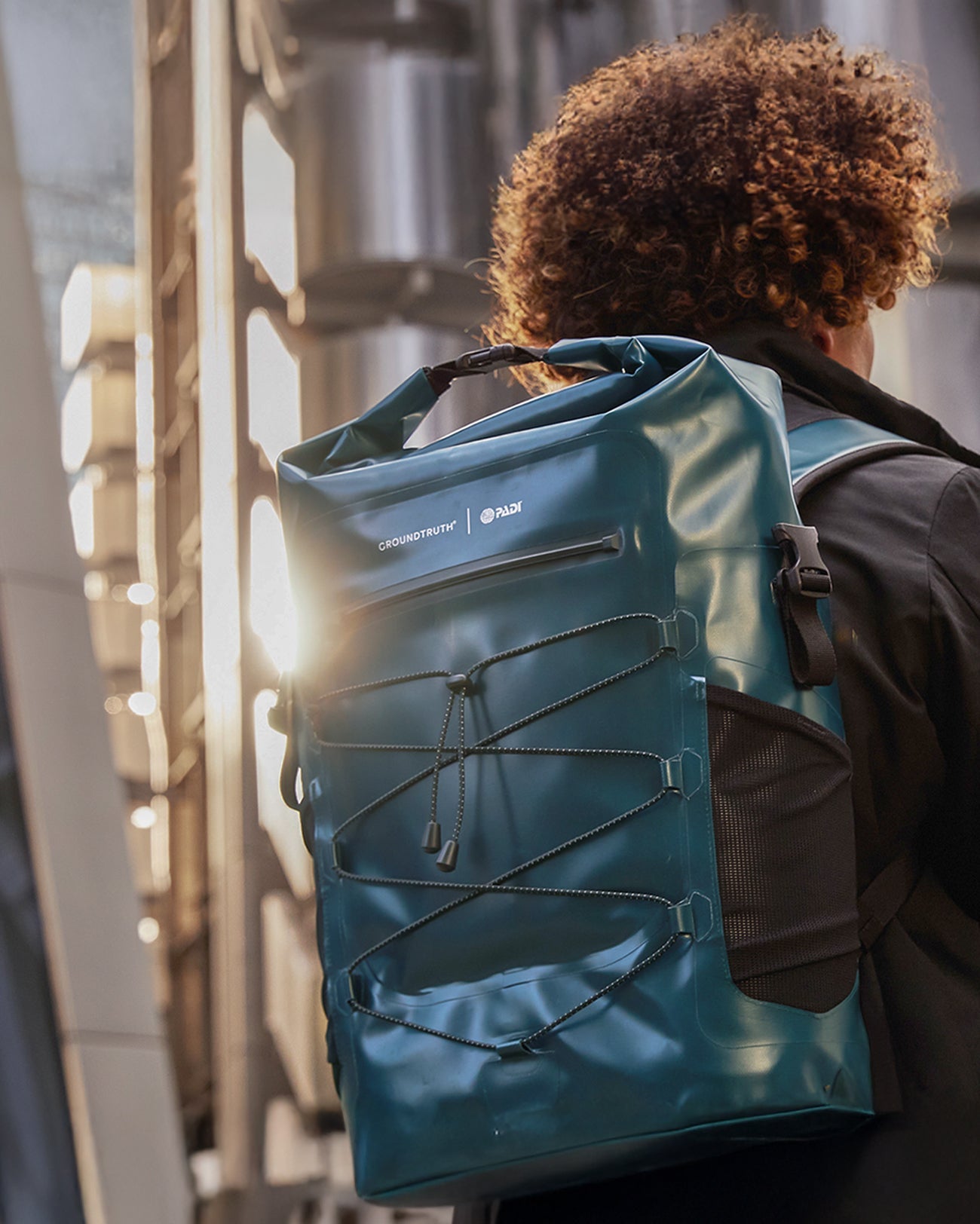Felicity Aston is an experienced Polar Explorer, author and public speaker, who has led record setting expeditions to both the North and South Pole.
In 2012 she became the first woman to ski across Antarctica alone, a 1744km journey that took her 59 days and earned her a place in the Guinness Book of World Records. In 2015 she was appointed MBE for services to Polar exploration and was awarded the Polar Medal. She is a Fellow of the Royal Geographical Society in London and The Explorers Club in New York.
EXPLORER FELICITY ASTON'S JOURNEY TO UNDERSTAND THE ARCTIC
Written by Felicity Aston, MBE
Strange to think that when the helicopter lifted us from the ice and flew us from the North Pole in April 2018, we had little idea that no one would be back. More than three years later, we remain almost the last people to have stood at the top of the world.
It has been the global pandemic that has caused the recent prolonged closure, of course, but in the near future this is likely to be a permanent state of affairs. Since satellite monitoring of Arctic Ocean Sea Ice began in the late 70s, there has been a clear and accelerating trend of loss. It is not just that there is far less sea ice in the Arctic Ocean than there has ever been but that the ice that remains is thinner, newer and less stable than ever before. The thicker, stronger multi-year ice that holds together the pack ice is disappearing most rapidly, threatening an ever faster disintegration of the ice cover.

All good reason for polar explorers like me to stay well clear of the ice, you might think! But in fact the increasing challenge of mounting a ski expedition on the Arctic Ocean has only served to underscore the urgency of getting out onto the pack ice in order to collect the raw data that will be used to further understand this most precious environment. My team are not veteran explorers, career scientists or super humans, but women who are committed to bettering our planet and that want to find ways that they can effectively and meaningfully give back.
They are each proof in the power we all have to take action, have an impact and be amazing. Together we will be skiing across the last degree of latitude over the Arctic Ocean sea ice to the North Pole, sleeping in tents pitched on the ice and dragging all our food and equipment in
sledges behind us.
Temperatures can fall as low as -40C/F, polar bears have been known to roam even this far North and can be deadly, the ice beneath our skis is constantly moving which makes navigation complicated and we will need to negotiate our way safely through areas of ice rubble heaped into obstacles as high as a room and perhaps even stretches of open water. Most expeditions have the comfort of knowing that as they progress, the sledges they are hauling will become lighter as food and supplies are used up.
For us it is the opposite. The weight in our sledges will only increase as we collect snow, ice and water samples along our journey – samples that will be analysed by scientists and institutions in the UK and the US on return, investigating the distribution of pollutants across Arctic Ocean sea ice.
Furthermore, even though we will be experiencing extreme subzero temperatures, a primary concern is preventing our samples from melting in the 24-hour arctic sunshine which would render them useless.
The
sledge bags being designed and manufactured for the expedition by GROUNDTRUTH are critical in enabling us to optimise our capacity as well as to protect our valuable cargo of samples effectively. Furthermore,
the story of GROUNDTRUTH, a company founded by three sisters willing to commit time, energy and livelihoods into new and better ways of doing things, through ingenuity and personal connection, is something that resonates loudly with us as an expedition team.
Environmental change in the Arctic is a story of loss, but it is also one of hope and opportunity – the opportunity for all of us to forge new and exciting routes forward, routes that lead to a better future.




